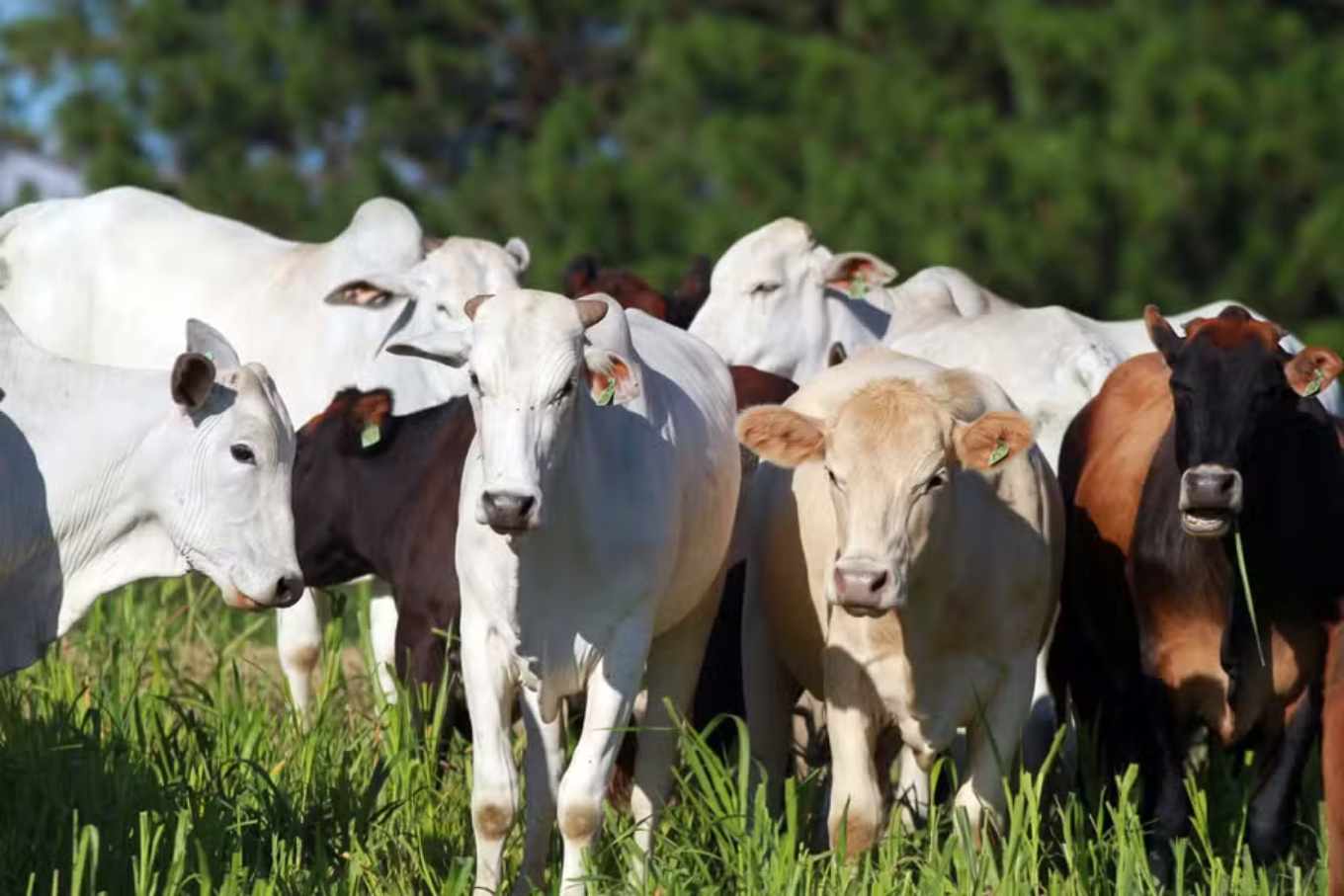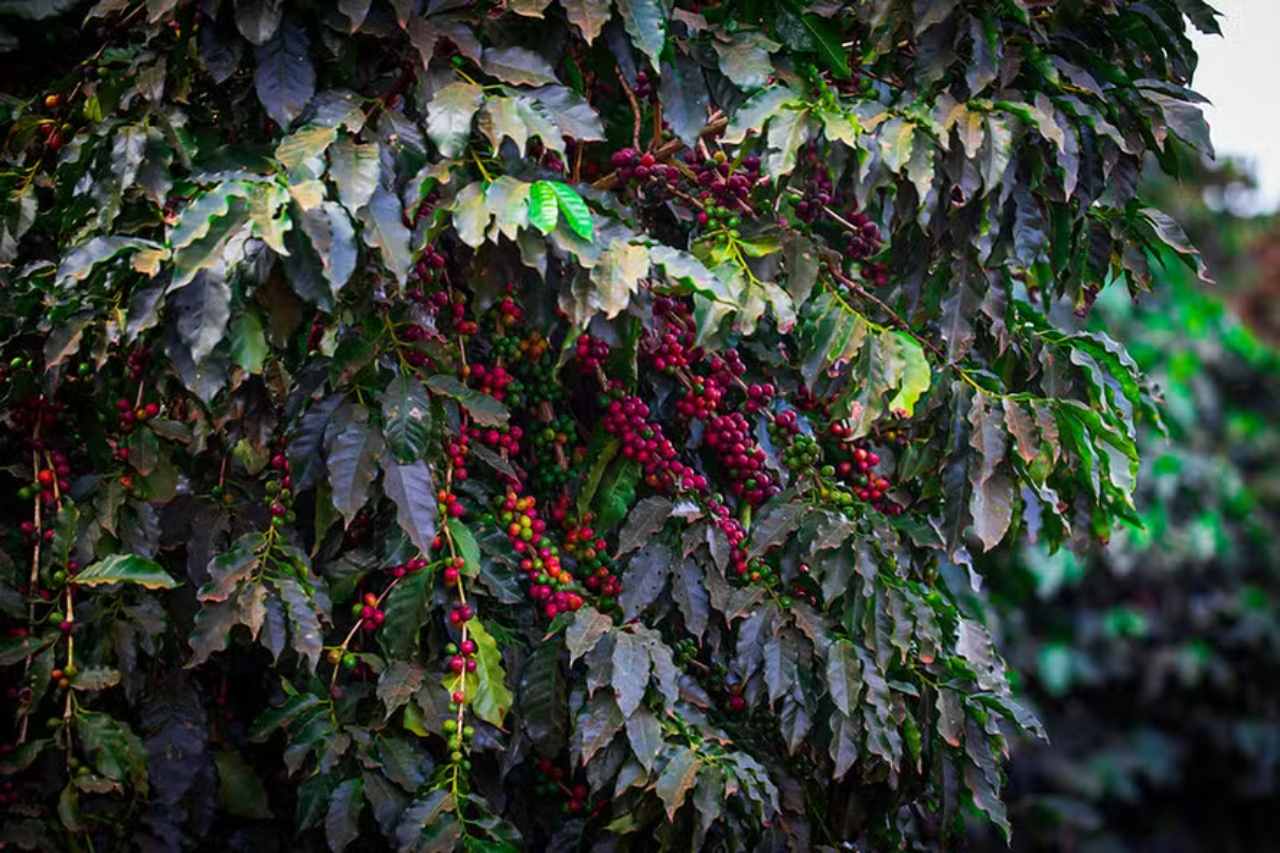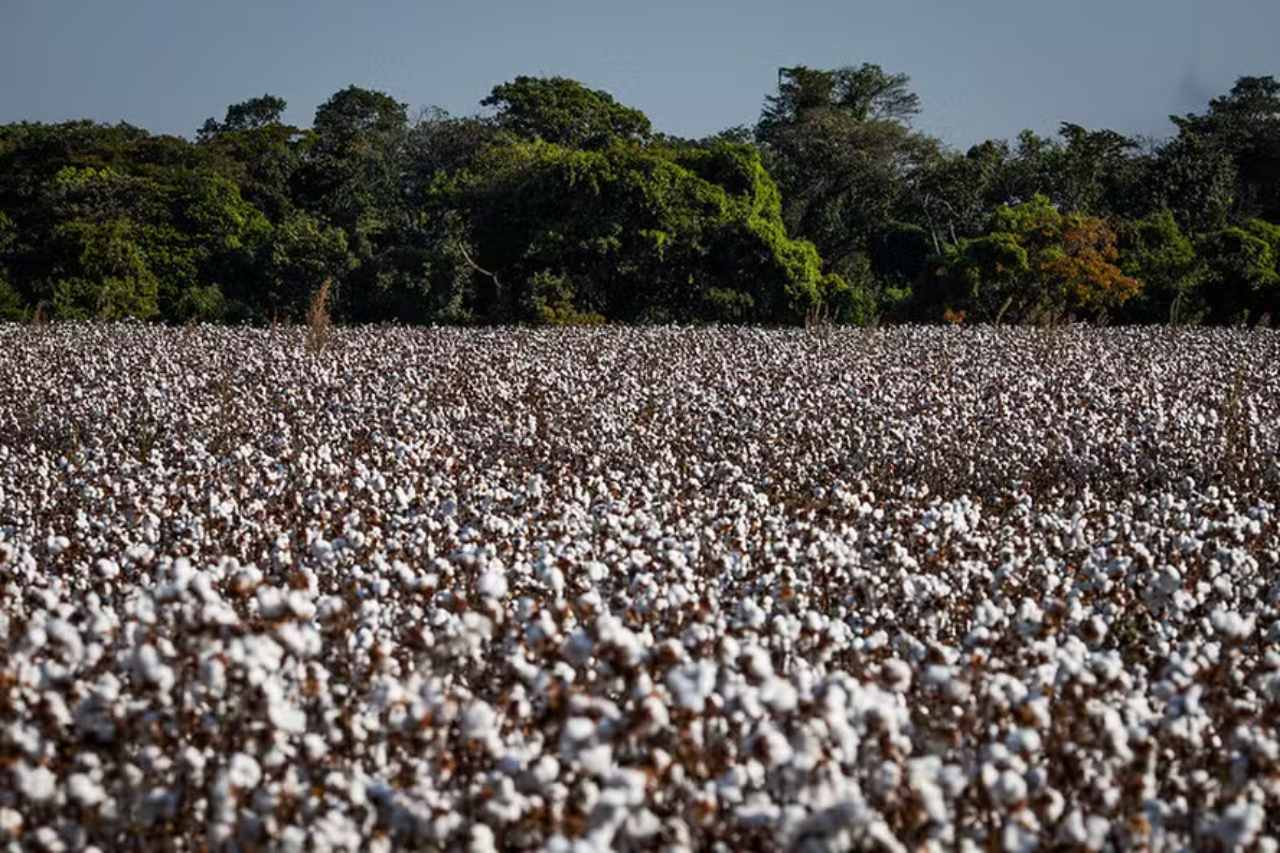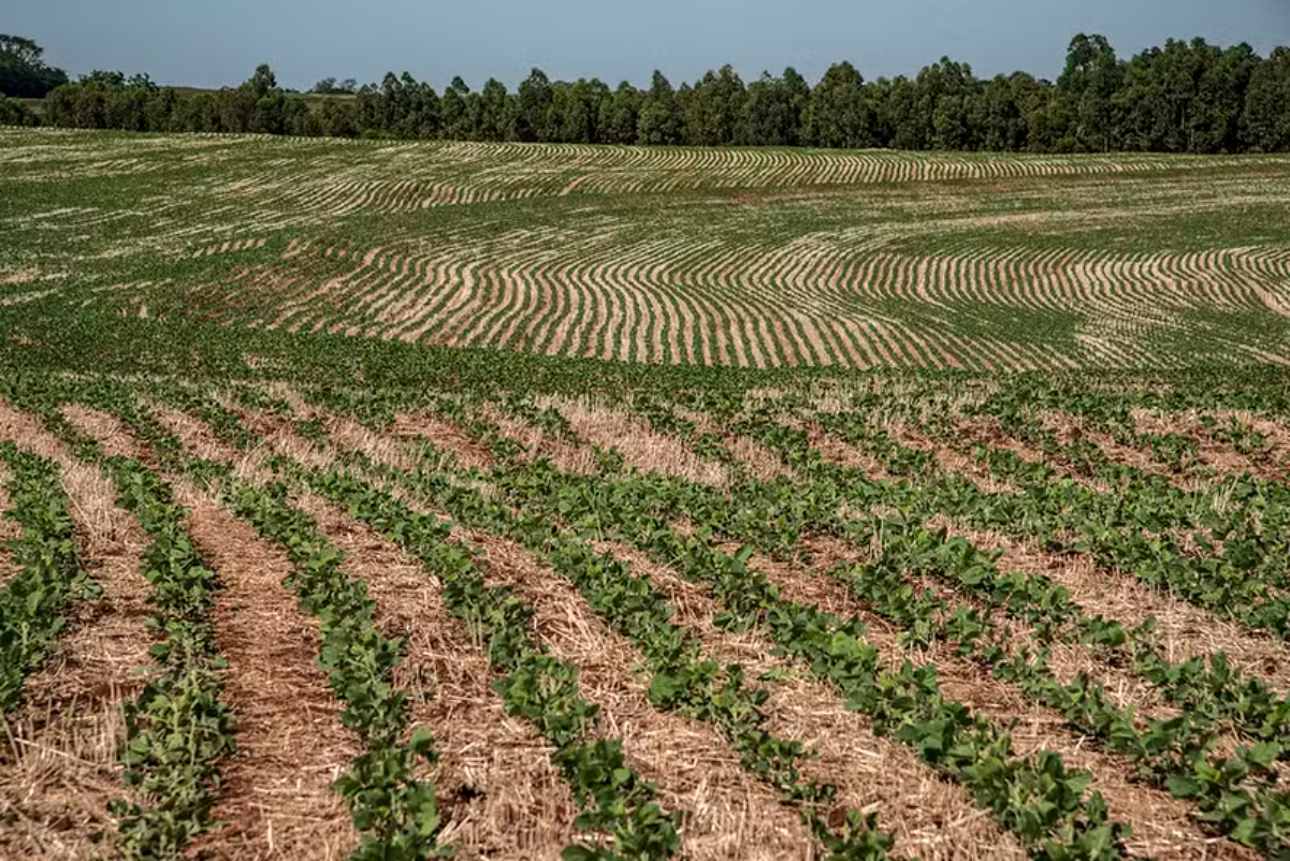Brazil’s Cattle Herd Includes Influences from European and Asian Breeds.
With the world’s second-largest cattle herd, estimated at 234 million head, Brazil is also the largest global exporter of beef. While much of this herd consists of the Nelore breed, introduced to Brazil in the 1970s and adapted to the tropical climate, other European and zebu (of Asian origin) breeds have also gained prominence over time. Below is an overview of the main breeds:
Beef Cattle
Nelore
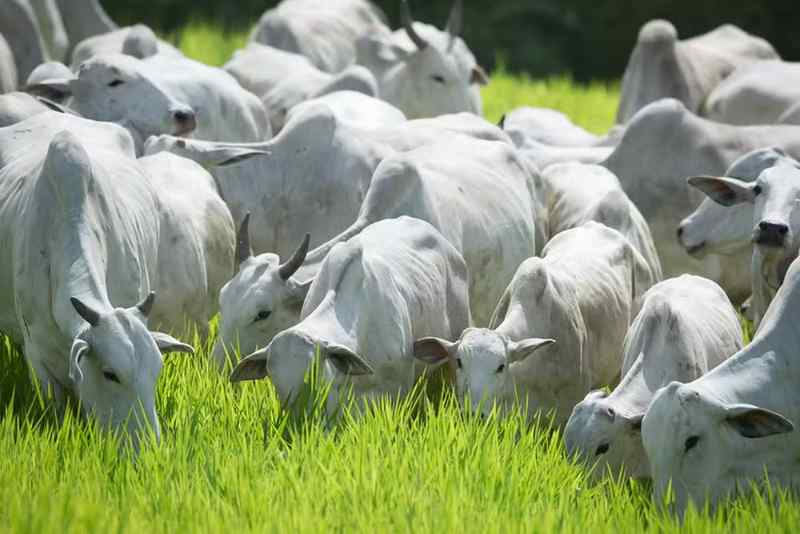
Originally from India, the Nelore breed arrived in Brazil in the late 19th century and is now prevalent in the Southeast, Midwest, and Northern regions, particularly in states like Minas Gerais, Mato Grosso, Goiás, and Tocantins. It is one of the pure zebu breeds, highly resistant to heat and parasites, with excellent feed efficiency, making it popular for crossbreeding with other breeds to enhance resilience.
Angus
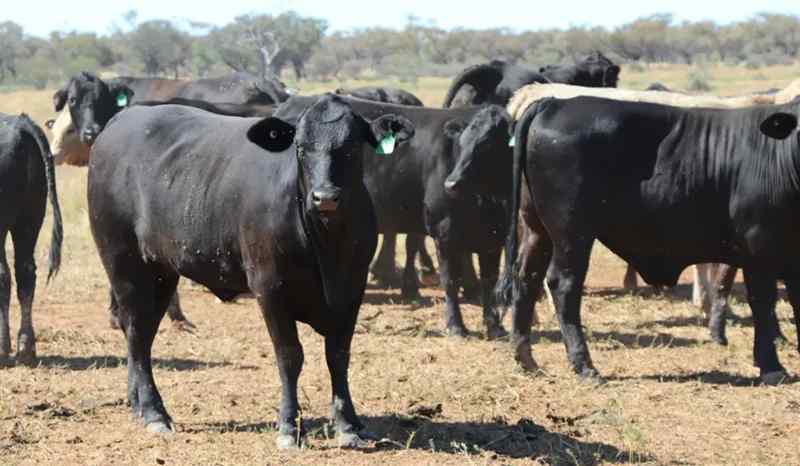
Angus cattle hail from Scotland and were introduced in the 19th century. This purebred breed is renowned for producing tender, flavorful meat with good marbling, making it highly valuable in the market. In Brazil, it is primarily raised in the South and Southeast regions, where the cooler climate aids in adaptation.
Wagyu
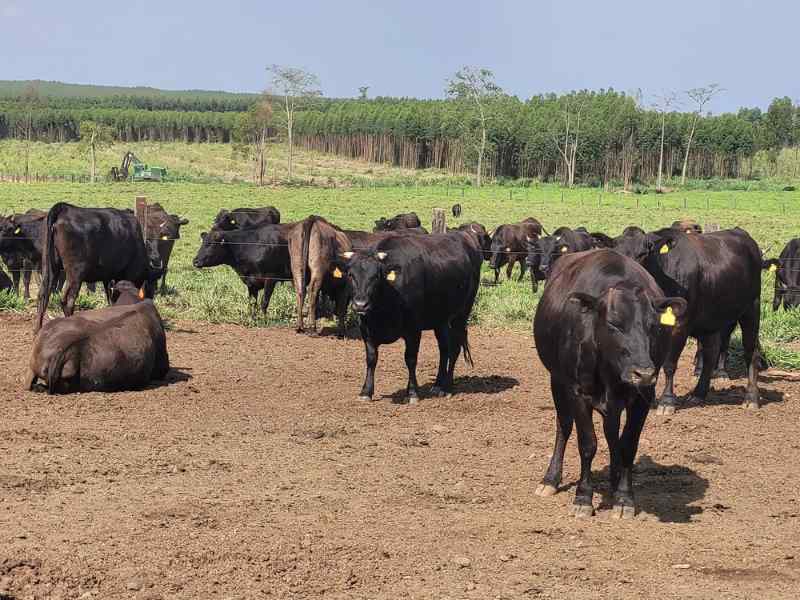
The Japanese Wagyu breed, developed over more than 1,000 years for high-quality, highly marbled meat, is a luxury product with prices per kilo ranging from R$899 to R$1,150, depending on the cut. Although purebred, Wagyu may include influences from other Japanese lines. In Brazil, it is raised on high-tech farms in the South and Southeast, including São Paulo.
Hereford
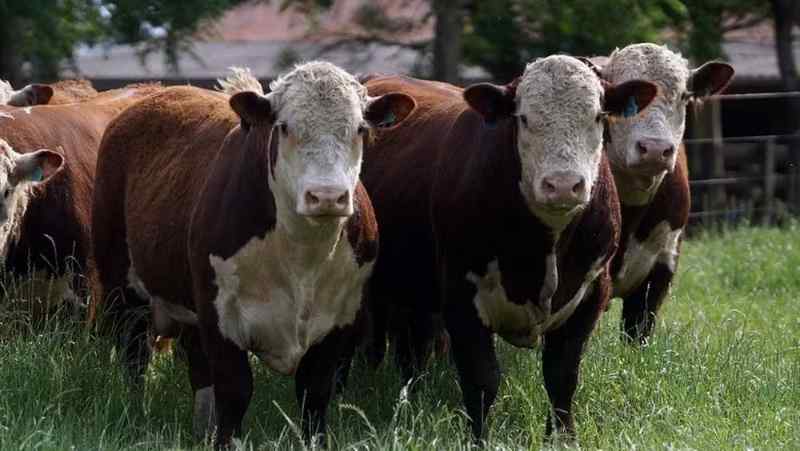
Originating in England’s Herefordshire region in the 18th century, the Hereford is a robust, purebred breed easily recognized by its white head and belly. In Brazil, it is mainly raised in the southern states of Rio Grande do Sul and Santa Catarina.
Pantaneiro
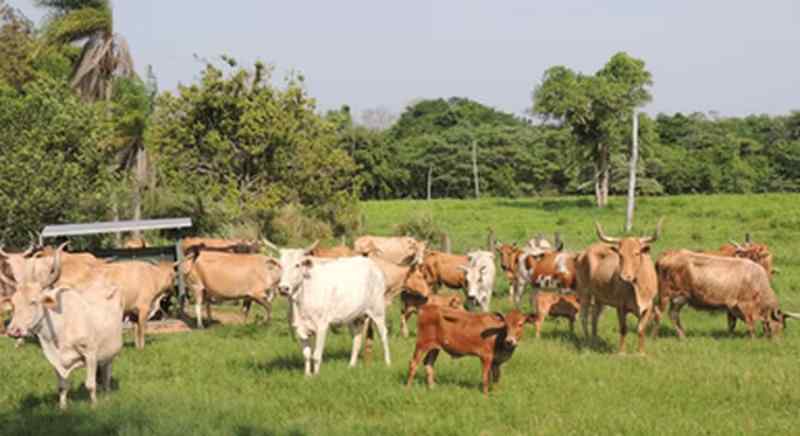
Native to Brazil’s Pantanal region, the Pantaneiro cattle is a hybrid of zebu breeds, such as Nelore, and European breeds, notably Hereford. Known for its resilience in the wet, flooded Pantanal environment, this breed is commonly raised in Mato Grosso and Mato Grosso do Sul and serves both meat production and pasture management.
Charolais
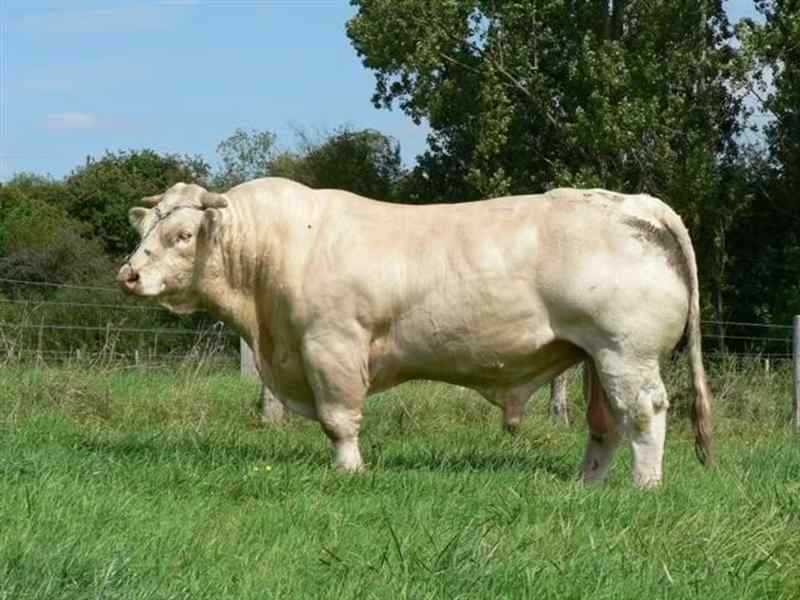
The Charolais, a purebred from France’s Charolles region, developed in the 19th century, is known for its light-colored coat and muscular build, ideal for meat production. In Brazil, it is more prevalent in the South and Midwest, especially in Paraná and Mato Grosso do Sul.
Limousin
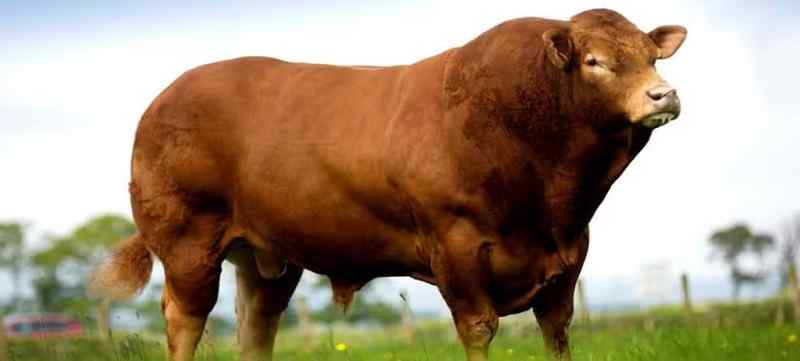
Also of French origin, the Limousin breed emerged in the 19th century and is known for its strong musculature and golden coat, ideal for lean meat production. It is primarily found in the South and Southeast regions, particularly in Rio Grande do Sul and São Paulo.
Pintado
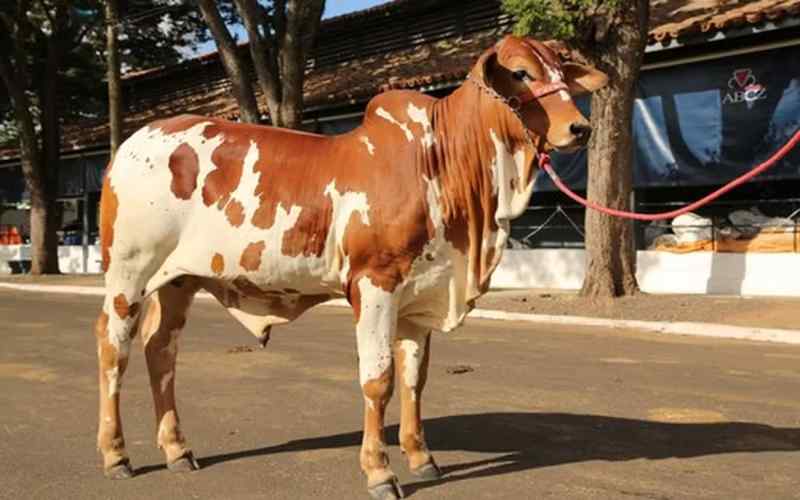
The Pintado is a hybrid breed developed in Brazil, combining traits from zebu breeds (such as Nelore) with European breeds (like Angus and Hereford). Known for its tropical climate adaptability and excellent meat production performance, it is mainly raised in Minas Gerais and Goiás.
Dairy Cattle
Gir
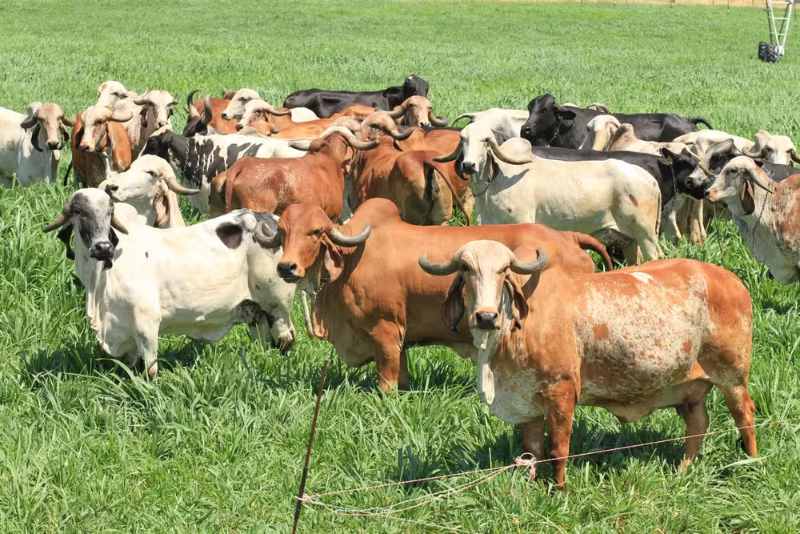
The Gir breed, originating in India, is one of Brazil’s leading zebu breeds for dairy production. Highly resilient and well-adapted to the tropical climate, it has a coat ranging from white to red, with large ears and a characteristic hump. Valued for milk and meat production, Gir cattle are known for milk with high fat and protein content and are primarily raised in Minas Gerais, São Paulo, and Goiás, producing between 15 and 20 liters per cow daily.
Girolando
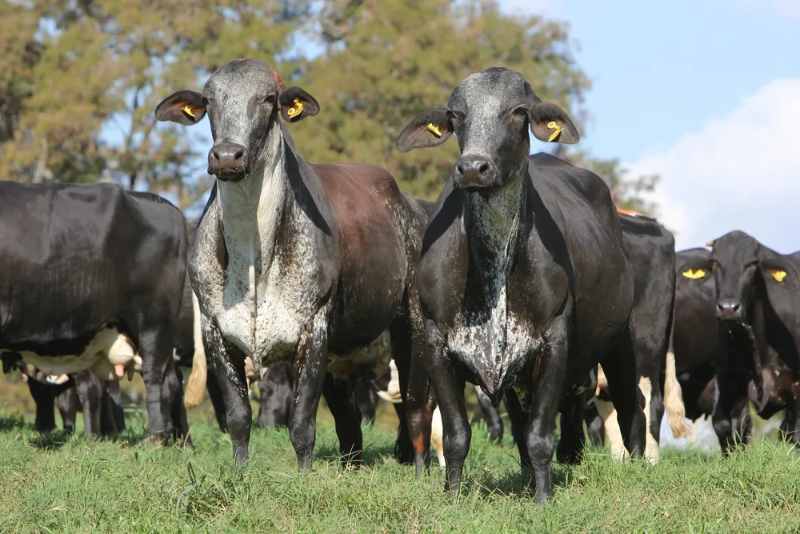
The Girolando is a crossbreed between the Gir and the European Holstein. Like the Gir, it is recognized for both milk and meat production adapted to tropical conditions. Commonly raised in Minas Gerais, São Paulo, and Goiás, its milk production varies from 20 to 30 liters per cow daily.
Holstein
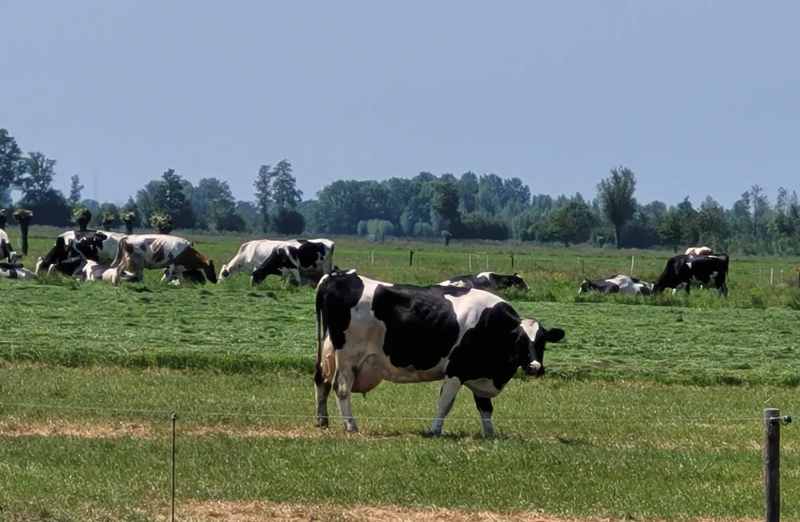
Originating in the Netherlands, Holstein is one of the most well-known dairy breeds globally. This purebred, with its distinctive black-and-white coat, has high milk production rates, ranging between 25 and 30 liters per cow per day in Brazil. Due to its European origins, it is primarily raised in the South and Southeast, where the cooler climate aids its adaptation.
Jersey
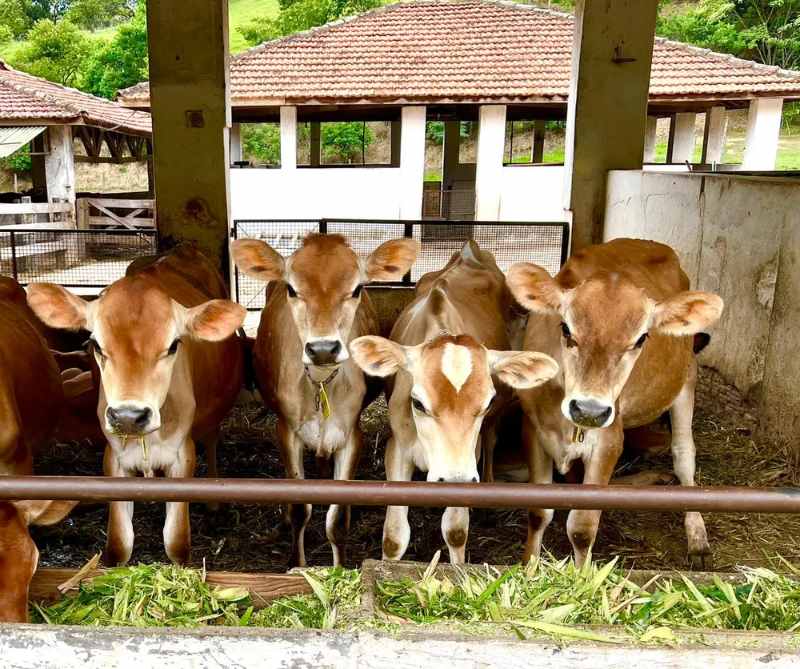
A purebred from the island of Jersey in England, Jersey cattle are small with a light brown coat and produce high-quality milk with volumes between 15 and 18 liters per cow per day, boasting high fat and protein levels. In Brazil, they are mainly raised in Minas Gerais and the South.

